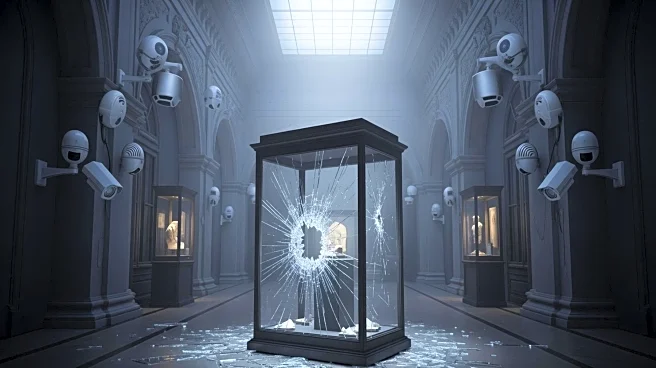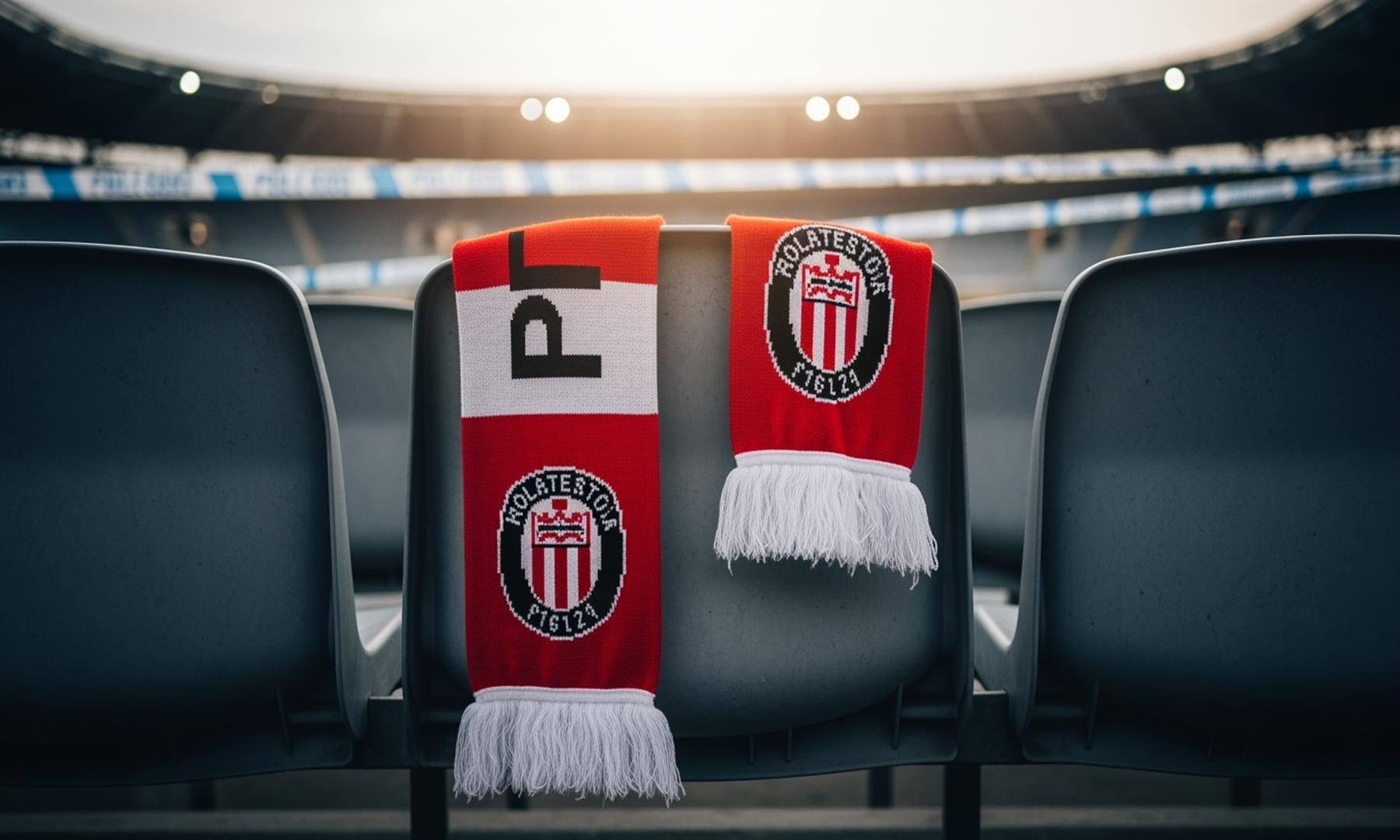What's Happening?
A group of thieves broke into the Louvre Museum in Paris, stealing thousands of diamonds and other precious jewels in a daylight heist that lasted only seven minutes. The robbers used a mechanized furniture
elevator attached to a truck to access the museum, raising questions about the security protocols in place. French President Emmanuel Macron has stated that Paris prosecutors are leading the investigation, with efforts focused on recovering the stolen items and apprehending the perpetrators. The museum remains closed, and the incident has sparked a national debate on the security of cultural heritage sites.
Why It's Important?
The theft at the Louvre Museum is a significant cultural and security breach, highlighting vulnerabilities in the protection of national heritage sites. The incident has prompted criticism from French political leaders, who view the heist as a violation of the nation's cultural heritage. The ease with which the thieves executed the robbery has raised concerns about the adequacy of security measures at the museum, potentially leading to policy changes and increased funding for security enhancements. The theft also underscores the challenges in recovering stolen jewels, which can be easily dismantled and sold.
What's Next?
The investigation into the Louvre heist is ongoing, with French authorities focusing on recovering the stolen jewels and identifying the culprits. The museum's closure may lead to a review of its security protocols, and the French government may face pressure to implement stronger measures to protect cultural heritage sites. The incident could also prompt international cooperation in art recovery efforts, as stolen jewels can be difficult to trace once dismantled.
Beyond the Headlines
The heist at the Louvre Museum highlights the unique challenges in protecting jewels compared to artworks, as they can be easily dismantled and sold on the legitimate market. This aspect of art crime emphasizes the need for specialized security measures and international collaboration in art recovery efforts. The incident also reflects broader concerns about the security of cultural heritage sites in France, potentially leading to policy changes and increased funding for protection.












